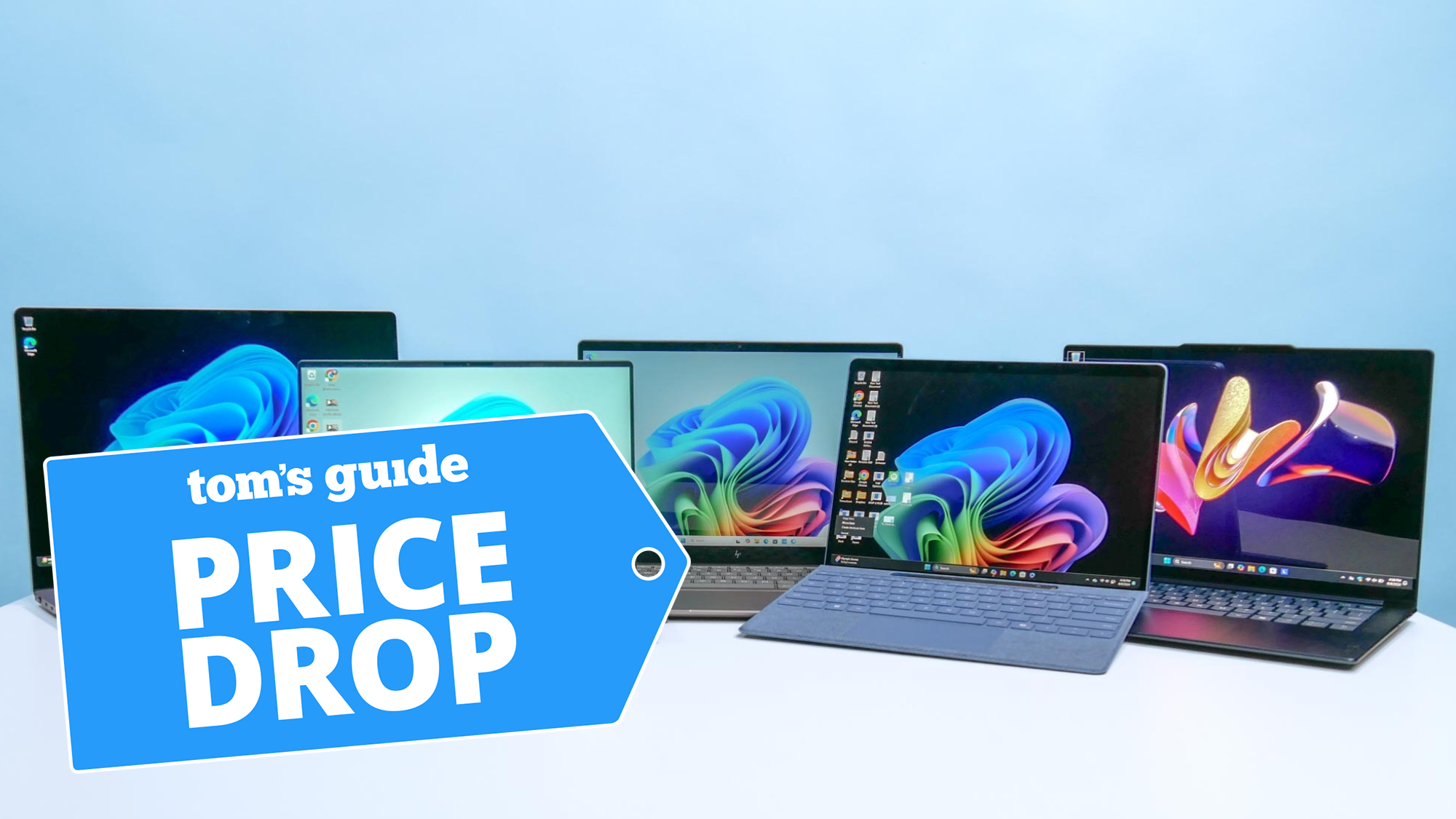Google Fi vs. Verizon: Which Is Right for You?
Google Fi has made headlines lately for expanding its service to cover more devices and users. But is it a good replacement for Verizon’s reliability?
Google Fi, Google's pay-as-you-go wireless network, now supports iPhones and other devices that were previously unusable on the carrier. And that's got many wondering if Google's upstart network is an adequate replacement for Verizon's reliable — if a little pricey — service.
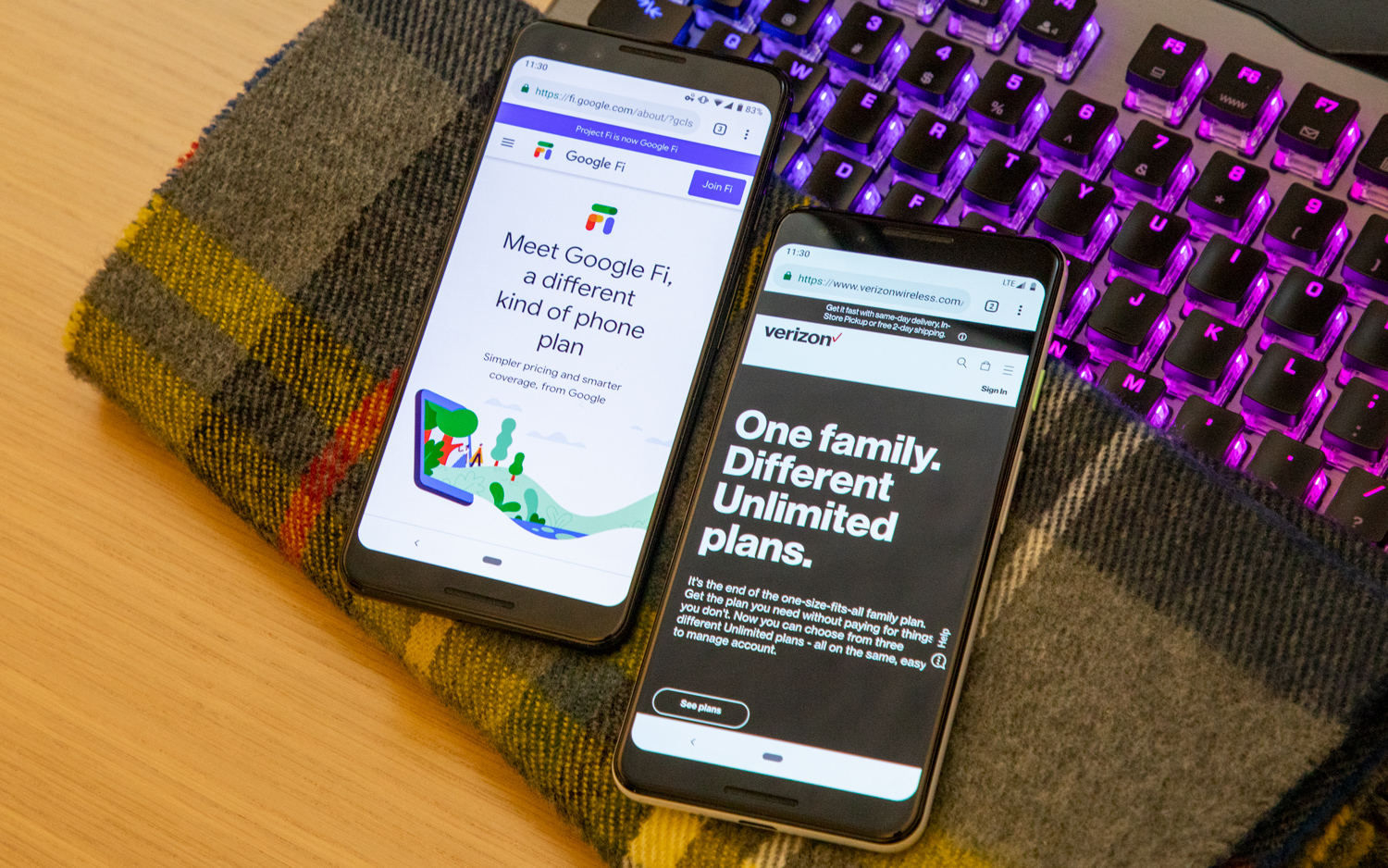
Of course, Google Fi and Verizon are also the only two wireless carriers that sell Google's Pixel phones directly. You could buy a Pixel 3 or 3 XL unlocked and take it to a network of your choosing, but Google and Verizon make the process as seamless as possible.
For those who aren't up to speed on how Google Fi works, it's a mobile virtual network operator that uses space on another carrier's network rather than rely on its own towers. In Google Fi's case, it taps multiple networks — specifically, T-Mobile, Sprint and US Cellular. A handful of phones on Fi are equipped to switch back and forth between the trio of towers to achieve the fastest possible speeds in any possible situation. Additionally, Fi only charges you for data you use, while Verizon's plan structures are either capped at predetermined allotments or unlimited, albeit with caveats.
Based on those perks, you might like the sound of Google Fi. However, there are some drawbacks to Google's network you should be aware of. Here's how they compare:
Google Fi's Key Strengths
- Pay only for the data you use.
- Intelligent network switching (on certain devices)
- Free VPN service for all web traffic
- Seamless international service
Verizon's Key Strengths
- Fastest, largest LTE network in the U.S.
- Greater selection of phones to choose from
- Cheaper (depending on the plan)
Coverage
Verizon's network is the largest in the country, and by a noticeable margin. Big Red's LTE towers cover 70 percent of the U.S., while T-Mobile — one of the three networks that Google Fi is built upon — finishes second among the big four carriers, reaching 59 percent, according to data from WhistleOut. Sprint is last, with 27 percent of the nation covered, while US Cellular is a regional character.
Verizon also has a hefty advantage regarding speed. The network ranked first in downloads and uploads against seven other carriers in our testing earlier this year. It claimed the fastest service in five of the eight cities we visited, and particularly dominated in Chicago, where its average download speed outpaced second-place Sprint by about 21 Mbps.
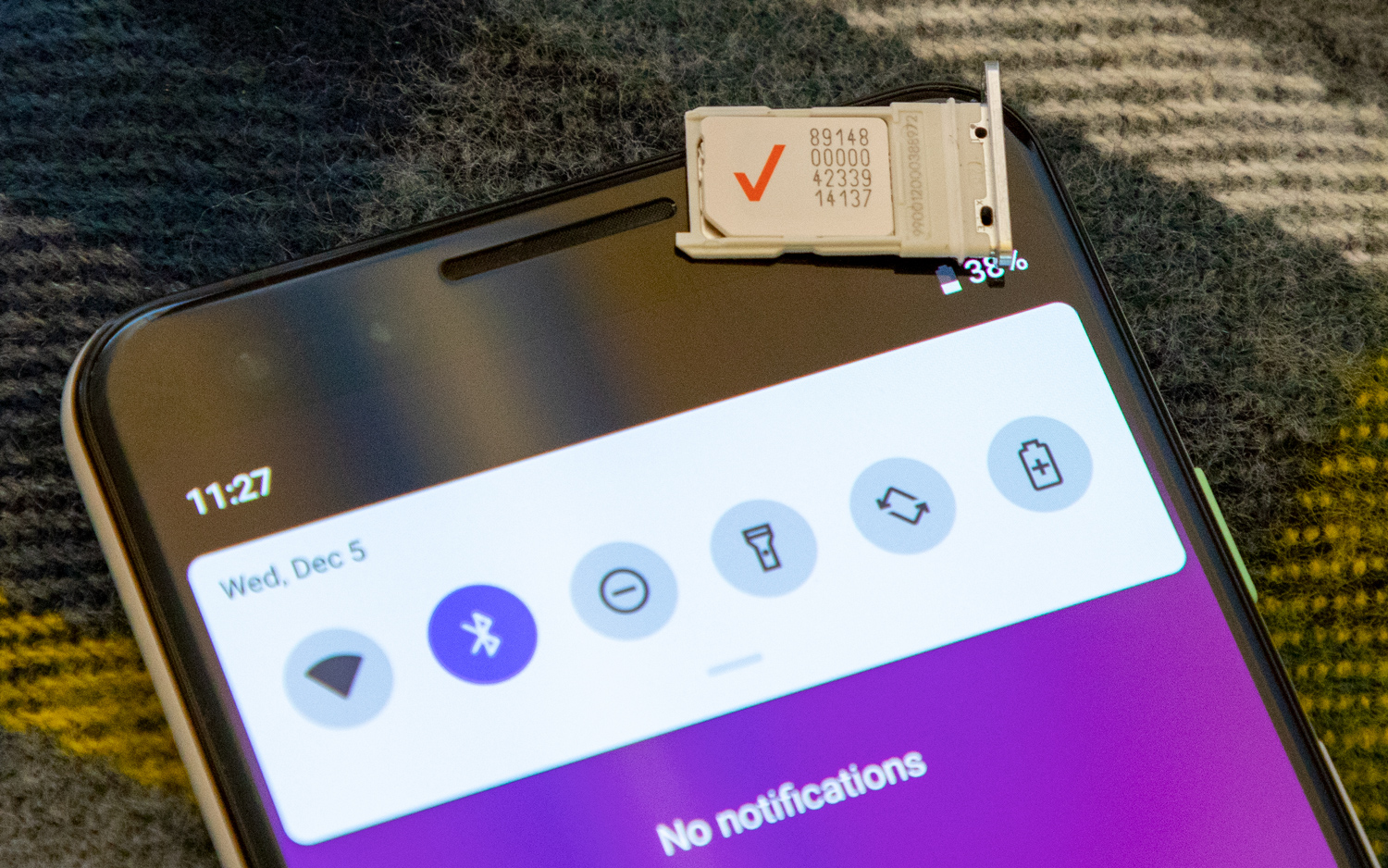
If coverage and fast data are critical to you, Verizon's your answer. That said, Google Fi has one trick up its sleeve that mitigates Verizon's advantage somewhat.
Google Fi comprises three networks, and if you have a handset that you've bought directly from the carrier (rather than a generic unlocked device, like an iPhone, for example), your phone is built to intelligently switch between T-Mobile's, Sprint's and US Cellular's towers to deliver the fastest data speeds among them.
MORE: My Month with Google Fi: Why I'm Sticking With It
In other words, if you're in an area where Sprint is speedier than T-Mobile, your data will be routed through Sprint's infrastructure. If you travel to another location where T-Mobile's stronger, you'll be tossed back to the Uncarrier's towers, without having to lift a finger. The phone takes care of all of this on the back end, which makes the setup much more convenient. And in our experience, Fi's speeds are often comparable with those of customers who belong to those same carriers.
To be fair, T-Mobile and Sprint didn't outpace Verizon in our national testing most of the time. However, on two separate occasions, they came up stronger — T-Mobile in Dallas and Sprint in Philadelphia. So there will be occasions where Fi may win out, though it bears repeating that you'll get the network switching feature only if you use a handset sold by Fi that has been optimized for the network. If not, you'll be restricted to T-Mobile's towers alone.
Finally, Fi also includes access to Google’s 2 million free public Wi-Fi hotspots, again protected by its VPN. These exist to automatically move you off metered data where possible — though in our experience, they're not particularly common, and shouldn’t be viewed as one of the carrier's primary benefits.
Plans
For individuals: Google Fi keeps things simple: there's only one plan, and it costs $20 for access to a line with unlimited talk and text; data costs $10 per gigabyte on top of that. At the beginning of every monthly billing cycle, you input how much data you expect to use in the Google Fi app; Google will either credit you for anything under that, or charge you more if you go over on your next bill. The rate is always the same: $1 per 100MB.
To keep its service from getting too pricey, Google Fi offers Bill Protection, which kicks in once you exceed 6GB. At that point, the plan effectively becomes unlimited — the data charges stop at $60, and anything you use beyond that is free. That means that one month of Fi can never be more expensive than $80 for a single user, though it's important to note that once you exceed 15GB, Google Fi is liable to deprioritize your service and slow your speeds.
MORE: Fastest Wireless Networks 2018: It's Not Even Close
In contrast, Verizon uses much more conventional (and complicated) structures. There are typical capped data plans at three levels — 2GB, 4GB and 8GB — that can be used individually or shared with your family. These cost $35, $50 and $70 per month before taxes and fees, respectively. Plus, you have to factor in line-access fees, which add $20 per user. The best option for individual users is a 5GB plan for $55, which has the access fee and autopay discount built into the price. All of these plans let you carry over the data you don't use into the next month. But if you go over, you'll be charged overage fees unless you opt into Safety Mode, which reduces your speed after you've burned through your monthly allotment.
Google Fi vs. Verizon: Tiered Data Plans
| Carrier | Amount of Data | Cost of Data | Additional Fees | Total Monthly Bill |
| Google Fi | 5GB | $10 per gigabyte | $20 for unlimited talk and text | $70 (You're credited $1 for every 100MB of unused data) |
| Verizon | 5GB | $40 | $20 per line access fee | $60 ($55 w/ auto pay enrollment) |
However, that's just Verizon's selection of tiered offerings. The carrier's assortment of unlimited plans gets even more confusing. Verizon offers three unlimited plans, named "Go Unlimited," "Beyond Unlimited" and "Above Unlimited," that cost $75, $85 and $95 per month for one line, respectively, and only after you opt into auto pay. The per-line rates significantly decrease as you add more lines — but more on that later.
Google Fi vs. Verizon: Unlimited Plans
| Plan | Cost | Notes |
| Google Fi | $80 | Bill Protection caps bill at $80 no matter how much data you use; speeds are throttled after 15GB |
| Verizon Go Unlimited | $75 | Includes $5 credit for Auto Pay enrollment; video streaming capped at 480p; Verizon reserves right to throttle speeds if network is congested |
| Verizon Beyond Unlimited | $85 | Includes $5 credit for Auto Pay enrollment; video streams at 720p; data can be slowed after 22GB; includes 15GB of LTE hotspot data |
| Verizon Above Unlimited | $95 | Includes $5 credit for Auto Pay enrollment; video streams at 720p; data can be slowed at 75GB; includes 20GB of LTE hotspot data |
You're likely wondering how there could be three different versions of an unlimited plan. Verizon separates its unlimited offerings by restricting certain use cases, like video streaming and hotspot data. Additionally (and, paradoxically, flying in the face of the whole "unlimited" concept to begin with), users who opt for these plans are liable to have their data slowed under specific conditions. Go Unlimited customers' speeds can be slowed at any time during periods of congestion, according to Verizon, while for Beyond and Above Unlimited customers, that point of deprioritization strikes at 22GB and 75GB, respectively.
Additionally, Verizon has a range of prepaid plans. The least expensive is 500MB for $30 per month, though there's also 3GB for $40, 8GB for $50 and an unlimited plan for $70. Autopay knocks these down by $5, while there's a $10 to $20 discount when you add multiple lines. (The amount varies based on the size of your plan, with unlimited prepaid plans enjoying the largest discount.) Prepaid accounts do not share data buckets.
Google Fi vs. Verizon: How Verizon's Prepaid Pricing Compares
| Amount of Data | Verizon Prepaid Cost | Google Fi Cost |
| 500MB | $30 | $25 |
| 3GB | $40 | $50 |
| 8GB | $50 | $80 (will Bill Protection) |
| Unlimited | $70 | $80 (will Bill Protection) |
For families: Both of these carriers pile on the discounts once you start adding additional users. Google Fi charges $15 per line for each line added after the first. The point at which Bill Protection kicks in is raised to 10GB for two users — it's a pool shared between everyone on the account — and increases by 2GB for every additional user added.
Verizon doesn't discount its tiered data offerings much, but families on unlimited structures can save big. A family of four or more can get a Beyond Unlimited plan for $50 each, compared with $85 for one user alone. Additionally, Verizon recently opened things up so that accounts can combine different types of unlimited plans for individual users.
Below, we've identified some scenarios to show you how the carriers stack up. (Auto Pay discounts have been applied where possible.)
| Carrier/Plan | Single Line Cost | 2 Lines Cost | 3 Lines Cost | 4 Lines Cost |
| Google Fi | $60 for 4GB ($20 line access + $40 for 4GB) | $115 for 8GB ($35 line access + $80 for 8GB) | $150 for 10GB ($50 line access + $100 for 10GB) | $185 for 12GB total ($65 line access + $120 for 12GB) |
| Verizon (Go Unlimited) | $75 (with Auto Pay enabled) | $130 (with Auto Pay enabled; if all users choose Go Unlimited) | $150 (with autopay enabled; if all users choose Go Unlimited) | $160 (with Auto Pay enabled; if all users choose Go Unlimited) |
| Verizon (Beyond Unlimited) | $85 (with Auto Pay enabled) | $160 (with Auto Pay enabled; if all users choose Beyond Unlimited) | $180 (with Auto Pay enabled; if all users choose Beyond Unlimited) | $200 (with Auto Pay enabled; if all users choose Beyond Unlimited) |
| Verizon (Prepaid; 3GB) | $35 for 3GB (with Auto Pay enabled) | $60 for 6GB total (with Auto Pay enabled; if all users choose 3GB) | $85 for 9GB total (with Auto Pay enabled; if all users choose 3GB) | $110 for 12GB total (with Auto Pay enabled; if all users choose 3GB) |
Interestingly, Verizon's postpaid plans can get very expensive very fast, while its prepaid deals are actually quite solid. In fact, with Verizon prepaid's multiline discounts and Auto Pay enabled, a family of four can get unlimited data for $200 a month. Then again, Google Fi gets quite competitive at that point as well — the same family could buy a month of unlimited service for $205 once Bill Protection activates.
Phone selection
As the nation's largest carrier, Verizon sells a wide selection of phones. As of this writing, its website currently shows 29 models, ranging from the latest iPhones and Galaxy S handsets to Motorola’s budget-minded offerings and even the unusual Red Hydrogen One. And outside of Google Fi, Verizon is the only carrier to sell Google's Pixel phones.
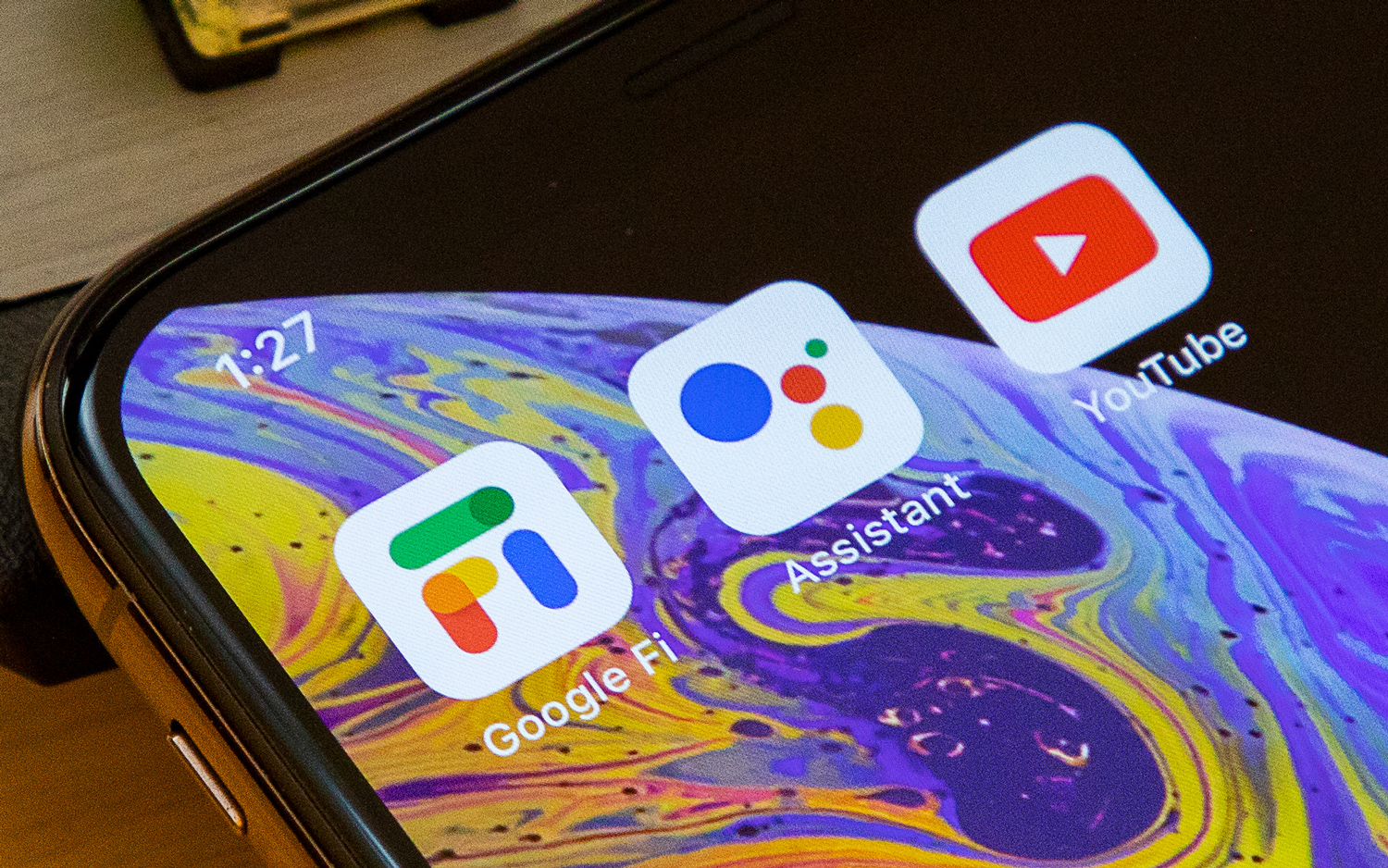
The breadth of choices is a good thing, too, because as a CDMA-based carrier, most unlocked phones are not certified to work on Verizon. That means you'll have an easier time buying your phone from the carrier directly than bringing one to it.
Conversely, Google Fi sells just six models on its store: the Pixel 3 and 2 (along with their XL variants), Moto G6 and X4 and LG V35 ThinQ and G7 ThinQ. These phones are the only ones that support Fi's network switching and Enhanced Network feature, that routes all mobile and Wi-Fi traffic through Google's secure VPN.
You can bring most unlocked handsets to Fi — Google has a helpful tool that will tell you if your phone is compatible — though they must be GSM unlocked and notably won't support either of those aforementioned perks. They also might require a bit of fiddling to work properly on Fi; Google says iPhones' APN settings must be modified for SMS and MMS to work, for example.
Customer service
When it comes to customer service, both carriers compare favorably. Verizon has historically performed well both times we've evaluated customer service in the past (and we're about to update our rankings soon).
The Verizon website is a particularly good resource for asking questions, and we've had luck lobbing questions at their social media representatives. I've found Verizon has good tools for monitoring data use, and it's pretty good about warning me when I'm about to exceed my data for the month.
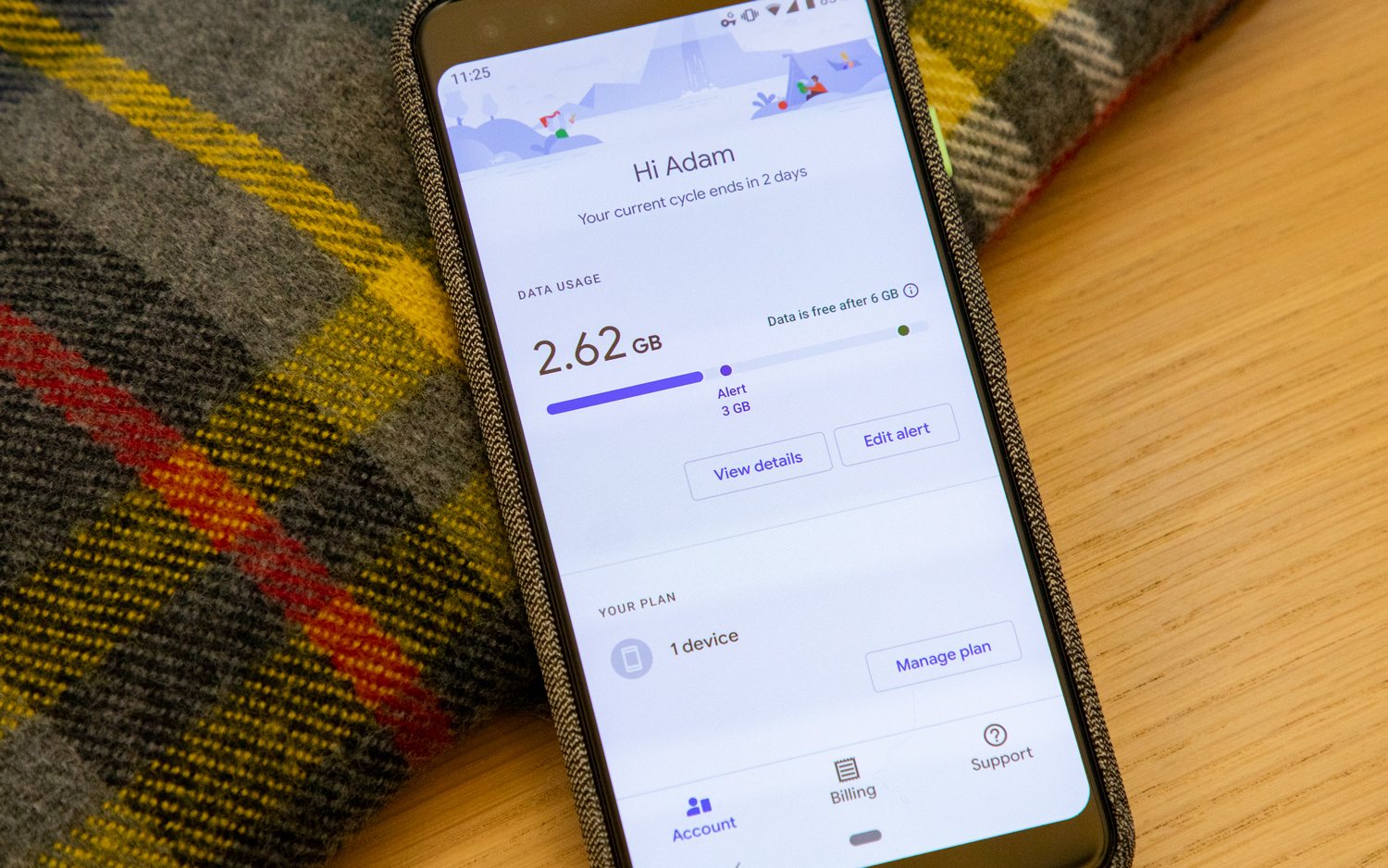
Google Fi is also pretty transparent, and the experience of contacting customer service or managing your account is made easier by the carrier's nifty and well-designed app. It provides direct links to chat over text, email or phone with a support representative, and even displays the time you can expect to be waiting before you reach out.
In fact, everything you'd ever need to change can be done through the Fi app — from setting data-usage warnings to viewing your billing history. That makes it one of the most convenient customer experiences we've encountered among wireless carriers.
Extras and perks
Some carriers, like T-Mobile, will give you free Netflix. Others, like Sprint, offer a free subscription to the music-streaming service Tidal. And given that AT&T owns DirecTV, you can bundle both to save on your wireless and television bills.
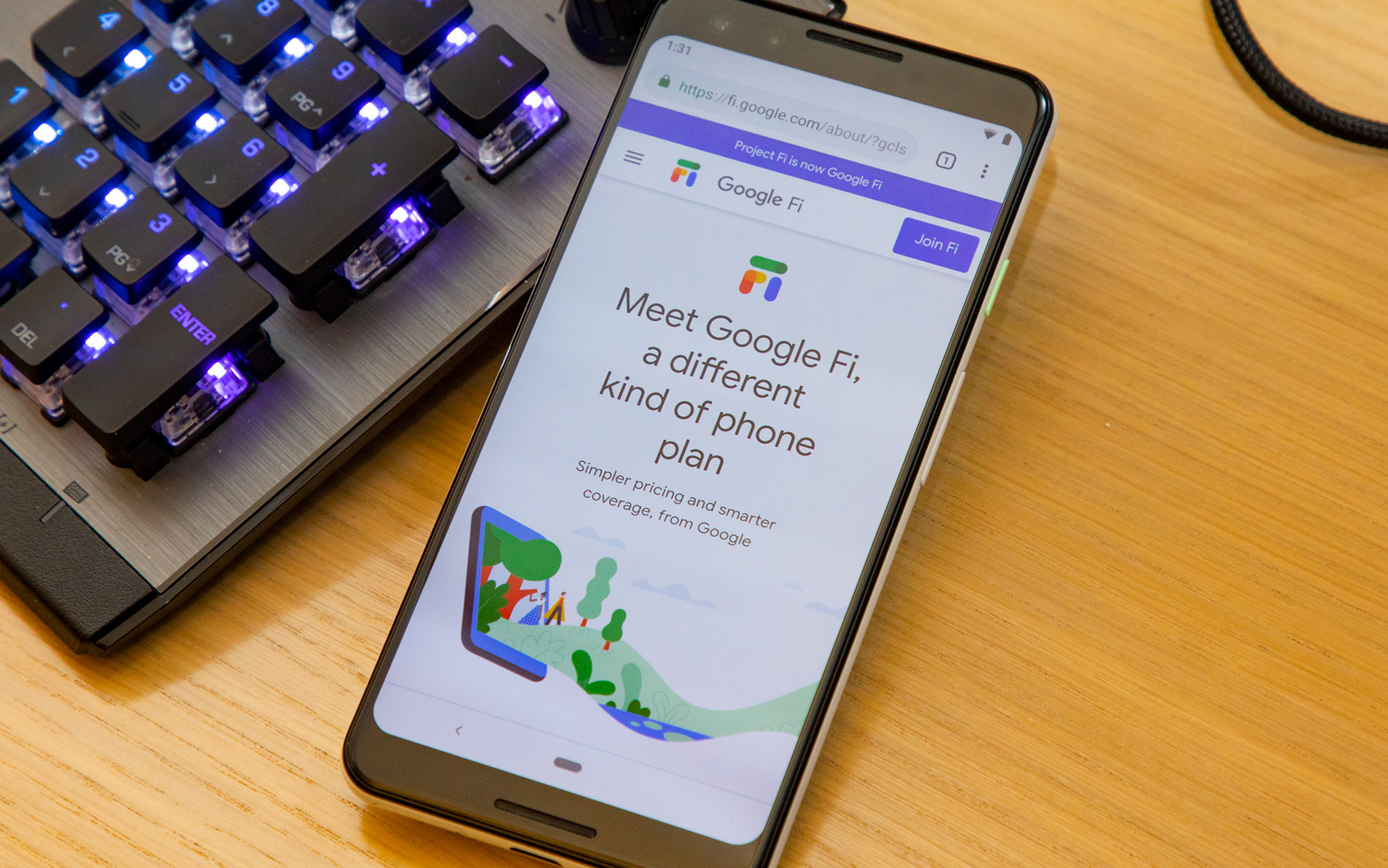
If you're looking for those kinds of perks, Google Fi and Verizon will mostly disappoint you. Verizon unlimited customers are entitled to free Apple Music, but only for six months. The carrier's Up Rewards program issues credits every time you spend $300 on monthly bills — typically small coupons for retailers, though there are also finite "Super Tickets" to concerts, sporting events and other live experiences that customers can claim as well.
The catch with Up Rewards is that to use it, you must agree to Verizon Selects — a collection of monitoring tools Verizon uses to serve personalized ads. Selects watches how, where and why you use your phone, including the websites you visit and the apps you download.
If you've been eyeing a Pixel 3, we suggest Google Fi. If you're an iPhone or Samsung Galaxy devotee, it becomes a harder call.
Google Fi doesn't have any programs of the sort, though we don't think you're missing much — there's nothing on the level of that free Netflix subscription T-Mobile customers get with either of these carriers. However, Google Fi users do receive excellent international coverage in more than 170-plus countries, with roaming at the same price for data as what you’d pay at home.
By contrast, Verizon offers Travel Passes in more than 185 countries, that take the form of single-day add-ons. Using a Travel Pass, you're not charged per minute, text or megabyte — rather, you pay $5 per day in Mexico and Canada, or $10 per day in other countries. Notably, the Above Unlimited plan includes five Travel Pass days per month.
Bottom line
So which is better — Google Fi or Verizon? As you could probably surmise by now, that answer depends on the phone you're using, how many people are on your plan and what matters to you most.
If you've been eyeing a Pixel 3, we suggest Google Fi. It's hardly surprising that Google's phone is built to take the most advantage of its network. Fi's network switching and VPN support work beautifully on Pixel handsets, and the service rates aren't bad, either. Plus, until Jan. 8, you can save up to $300 in Fi service credits on a device of your choosing from the carrier's store.
If you're an iPhone or Samsung Galaxy devotee, it becomes a harder call. Verizon's postpaid plans are hard to recommend — they're exorbitantly expensive, even if their speeds are faster than the competition's. However, those devices won't reap the benefits that Fi offers, so in that event, it would be wise to entertain one of Verizon's prepaid options. These offer the cheapest possible service across both carriers discussed here, and still deliver Verizon's blazing-fast and well-covered LTE network. It's an even better deal for families, thanks to Auto Pay and multiline savings.
Finally, if you travel a lot, Google Fi is unrivaled. With roaming free of charge in more than 170 countries and the same, simple plan no matter where you go, no other carrier offers as simple and stress-free an experience for world travelers.
Credit: Tom's Guide
Sign up to get the BEST of Tom's Guide direct to your inbox.
Get instant access to breaking news, the hottest reviews, great deals and helpful tips.
Adam Ismail is a staff writer at Jalopnik and previously worked on Tom's Guide covering smartphones, car tech and gaming. His love for all things mobile began with the original Motorola Droid; since then he’s owned a variety of Android and iOS-powered handsets, refusing to stay loyal to one platform. His work has also appeared on Digital Trends and GTPlanet. When he’s not fiddling with the latest devices, he’s at an indie pop show, recording a podcast or playing Sega Dreamcast.
-
Jerry-az good comparison of plans only using a cell phone. BUT the story changes as soon as you add ipads, tablets etc. to the plan. Verizon charges $10/mo just to be connected even if the device isn't used. Google Fi charges only for the data used - NO monthly fee for the device to sit on my dresser! I actually have 3 devices plus my Audi Connect (4 totla) that i only pay for data used. They are all included on the single $20/mo plan. In my case, just to have the devices added to my Verizon plan costs $40/month. I don't use a lot of data, but do use my devices outside the house. Comparible Verizon plan was $110 for 5Gb whether i used data or not, my Google Fi is $20 + data at $10 per GB. I expect to be around 1-2Gb/mo which is a low $60/month. I looked at this plan when I started using my old cell phone as a GPS device to record mtn biking rides thru Strava. Yes, an old cell phone can be used as a data-only device. Oh, btw i got all data-only SIM cards free from google.Reply
